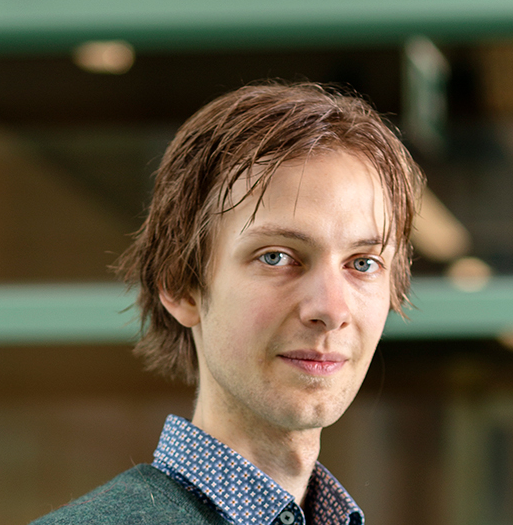Through the Royal Society Partnership Grants scheme, schools are being funded to design and carry out their own STEM research projects together with STEM professionals. This scheme is designed to help students develop crucial skills, ignite their curiosity and open new horizons of future career paths in STEM. Find out more about how you could apply and hear from Craigentinny Primary School and their STEM partners about their Partnership Grants experience working with students to design and construct their own sustainable model city.
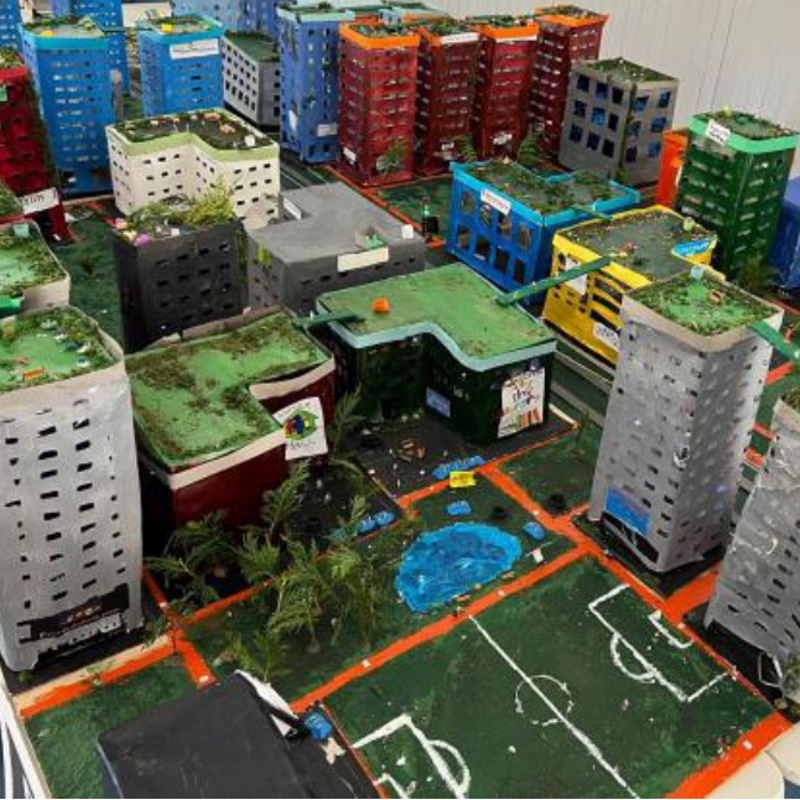
The Royal Society’s Partnership Grant scheme allows students to work with active professionals of the STEM community, from either industry or academy. Open to both primary and secondary schools across the UK, this scheme currently supports more than 20,000 children and young people working on 144 on-going projects to carry out some truly exciting research answering questions such as:
Is it possible to grow plants on Mars with current technology?
What are the impacts of sustainable transport on air pollution?
Can the heat beneath our feet be used to warm our school?
What's cool about mint?
Apart from the generous award to pay for research equipment, travel and cover costs, this scheme also helps students to develop key practical skills in relation to new and emerging technologies that will be essential for the STEM workplace in times when we need to rely on science more than ever. By working with their STEM partners on engaging scientific research and investigations students will develop skills such as practical investigative work, problem-solving and data-handling, in addition to understanding the importance of scientific methodology and what potential careers STEM can lead to.
According to the external evaluation report of the scheme, this fully supported partnership opportunity is unique in the STEM engagement landscape. The evaluation found that participating students had gained experience and a better understanding of the scientific process, while teachers had observed that pupils were more enthusiastic about science. An increase in students considering a STEM-related career after taking part in a project, was also observed. Teachers, too, felt more confident after being involved in a project and found that it enhanced their passion for teaching STEM subjects.
Craigentinny Primary School’s experience
Sound too good to be true? Here’s what Kelly Cooper, the lead teacher from Craigentinny Primary School, Scotland, has to say about her experience of the scheme where civil engineers from Sweco worked with her students to design and construct their own sustainable model city.
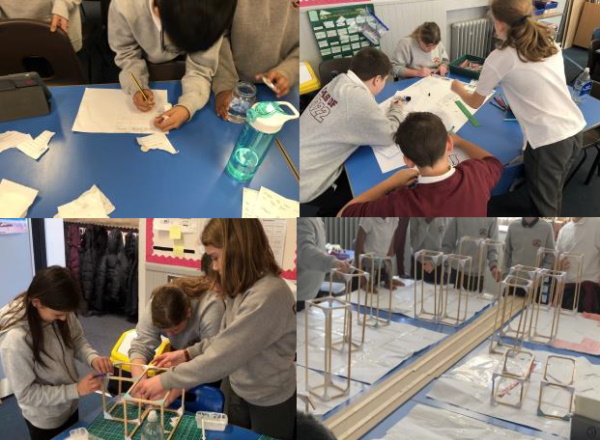
“This has been a very positive experience for all involved. Once you have a good project concept, the application process is online, and relatively simple. I was lucky enough to meet with a previous grant recipient who showed me his project and application. That support was very helpful to us getting our application started.
Working with our STEM partners has been fantastic. They were very supportive from the project conception, right through to the final celebration event. They provided insights and considerations which were completely outside my scope of expertise, and offered the children real life applications to the concepts they were learning about. The children were introduced to the world of work, as each STEM professional involved from Sweco explained their profession and what path they took to get there.
The students were very enthusiastic throughout the project. Sustainability was the main focus; the children learnt about its meaning, ways in that they can live more sustainably and sustainable considerations in modern construction projects. Their favourite part of the project was during the construction phase, their confidence with the tools had grown and their final building was one of their own design. I believe this project has had a big impact on their view of science. As there were so many areas of the curriculum pulled into their project, they were really immersed in STEM. Before, I think they felt science was something separate to their other lessons, or something that happened in laboratories. This experience helped them realise that science and technology is really all around them, and that these careers are accessible to them.
I highly recommend this experience to others. My teaching practice, my knowledge base and my confidence have all benefited from the project. It was a steep learning curve in some areas, but now I’m running the project again with the next cohort, and the experience I gained last year has proved invaluable.”
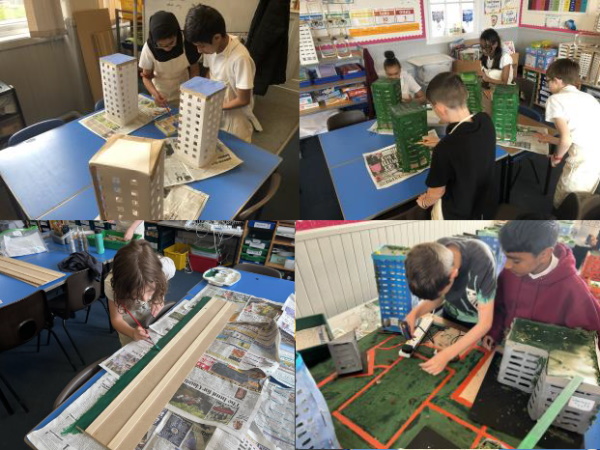
Their STEM partner Carol Geddes from Fairhurst (previously Sweco) notes:
“It was an absolute pleasure to work with the children at Craigentinny Primary. Their enthusiasm throughout the project was fantastic and it was so great to see how much they had learnt from the STEM ambassadors towards the end of the project. Speaking with some of the children at the celebration event it was clear to see that this project has had an impact on their perception of STEM careers and enthusiasm for science and maths based subject which is brilliant!”
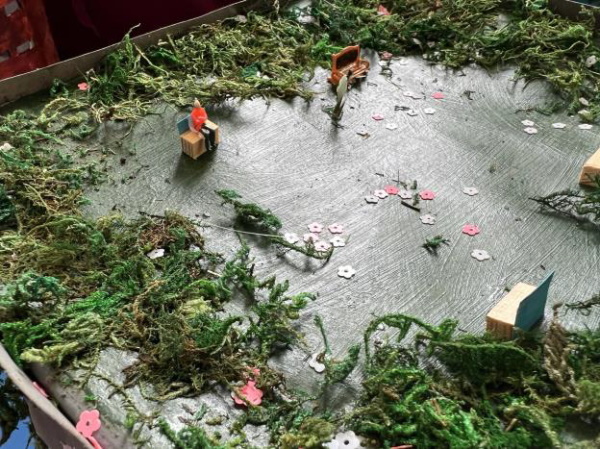
Claire Valentine, the STEM partner and STEM Coordinator at Sweco adds:
“Having been involved from initial idea, helping with the grant application, planning the project, coordinating all the presentations then a few false starts with the pandemic, it was great to see the project get going and involve as many Sweco disciplines as possible. Safe to say we are all really proud of what we achieved and really impressed with what the kids came up with. It was so interesting to see what inspired them and what was important to them when they planned, designed and built their cities.
Sweco plans and designs cities of the future so why shouldn't we ask young people to show us what they want from the place they will live, work and play. It really is time to give these young people a voice in the planning and design stage of placemaking, they’ll be living, working and socialising in them after all.”
You can read more about their project findings here - Building a symbiotic city; can we design and build a sustainable city fit for the future? (school project updates 1, 2 and 3) - as well as other funded projects.

Making an application
This scheme is open to applications across the year with three possible submission deadlines at the end of April, June and November. It typically takes around two school terms from application to award, so a school applying this autumn can expect to begin their project in the summer term.
Schools working in challenging circumstances and disadvantaged areas are particularly encouraged to apply. One of the key aims is to enable equal access to STEM opportunities and to increase the diversity of young people entering higher education and entering STEM professions. To help any teachers and STEM partners with the application, free online training sessions and drop in applicant support sessions are being run.
A wealth of information and support can be found on our website, including:
- Further details about the scheme
- Further details of the application process
- Tips on making your application
- The full judging criteria.
To discuss a project idea, contact the Education Team.




